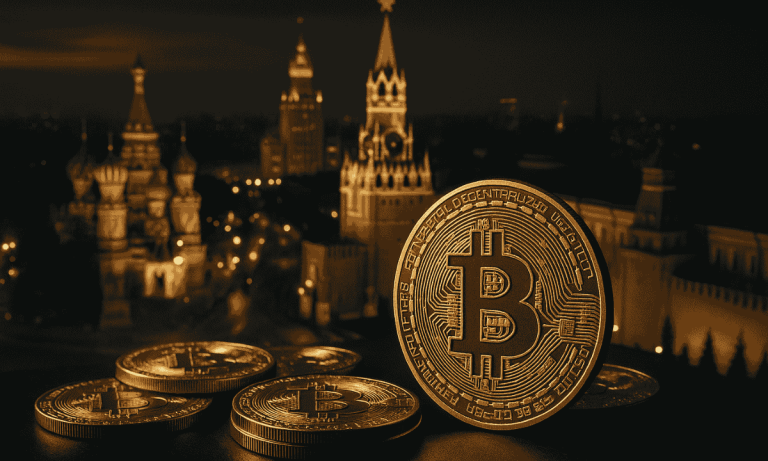Vietnam has always had an unusual relationship with crypto. On one hand, regulators have warned against it, flagged the risks, and withheld clear legal status. On the other, ordinary Vietnamese have embraced it with startling enthusiasm—so much so that the country consistently ranks near the top in global crypto adoption indexes. Now, in a striking shift, the government has launched a five-year pilot to regulate Web3 assets. It’s an experiment with potentially far-reaching consequences, not just for Vietnam but for the region as a whole.
A Pragmatic Turn Toward Regulation
The pilot doesn’t fling the doors wide open, but it does something arguably more important: it gives structure to an ecosystem that has been operating in a regulatory vacuum. Licensed exchanges will be required to settle transactions in Vietnamese dong, a move that asserts sovereignty over flows while discouraging dollar-denominated wildcat trading. Foreign ownership of crypto platforms will be capped at 49 percent—an echo of Vietnam’s cautious approach to other strategic industries, from telecoms to finance.
It’s pragmatic policymaking, Vietnamese style. Rather than banning crypto outright or allowing unchecked speculation, the state is carving out a framework where innovation can be observed, monitored, and—if successful—scaled.
Why Vietnam Matters in Web3
Crypto isn’t just a speculative toy in Vietnam. It has been a lifeline for millions. From overseas remittances flowing back into the country’s dense urban centers to play-to-earn gaming economies that, at one point, supported entire households, digital assets have embedded themselves in daily financial life.
That lived utility makes Vietnam different from markets where crypto is largely a hedge or a hobby. A pilot that legitimizes even part of this activity could create ripple effects across Southeast Asia, where governments are watching closely.
The Opportunities—and the Risks
For entrepreneurs, the pilot could bring clarity where there was once only uncertainty. Licensed exchanges gain a shot at legitimacy, institutional investors may finally get comfortable dipping in, and local startups can explore tokenization without fearing the rug will be pulled overnight.
But regulation is a double-edged sword. Caps on foreign ownership may limit capital inflows. The requirement to operate in dong could complicate liquidity. And then there’s the inevitable compliance burden—something crypto natives rarely relish.
“Vietnam is testing whether it can have its cake and eat it too,” one regional investor told me. “They want innovation, but on their terms. That’s not a bad thing. The question is whether the market adapts—or flees.”
A Regional Signal
Across Asia, governments are sketching very different Web3 playbooks. Hong Kong has gone all-in on becoming a crypto hub, while China remains firmly restrictive. Singapore leans into cautious permissiveness, emphasizing investor protection. Vietnam’s pilot sits somewhere in between: not a full embrace, not a hard rejection. It’s a watch-and-learn model, one that might become a template for other emerging economies that want Web3’s upside without inviting its chaos.
What Comes Next
The five-year clock starts now. By 2030, Vietnam will have hard data on whether regulated Web3 activity can coexist with a fast-growing, still-fragile economy. If the experiment succeeds, the country could cement its role as a leader in shaping practical, people-driven crypto adoption. If it falters, the lesson may be just as valuable—for Vietnam, and for others navigating the tension between innovation and control.
For the moment, though, one thing is clear: Web3 in Vietnam is no longer a shadow economy. It has a seat at the policy table, and the next five years will determine whether it grows into a pillar of national finance—or remains a colorful sideshow.








